Elizabeth Keckley | Profiles in Sewing History
She bought her freedom from slavery and later became Mrs. Lincoln’s dressmaker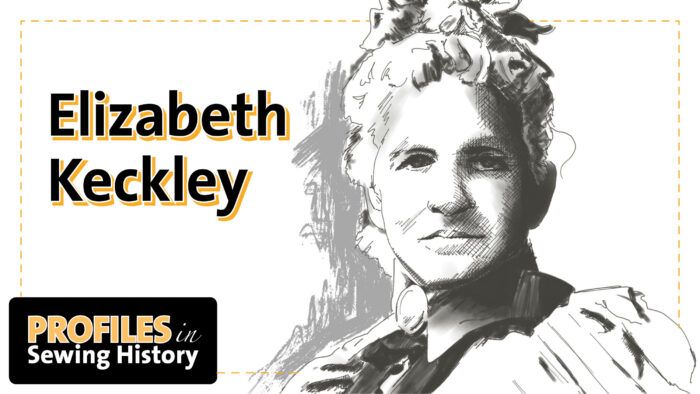
Meet Elizabeth Keckley (also spelled Keckly). In the sixth installment of our Profiles in Sewing History series, Threads features a former slave who bought her freedom thanks to the connections she made as a seamstress. Much of Elizabeth’s life was filled with adversity, but she willingly did whatever it took to achieve her dreams. By 1861, all of Elizabeth’s hard work paid off when she was hired as the dressmaker for the First Lady of the United States at the time, Mary Todd Lincoln.
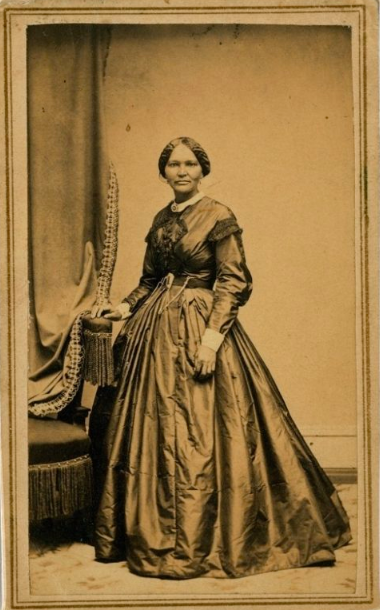
Early years
In February 1818, Elizabeth Hobbs was born into slavery on a plantation in Virginia. Her mother, Agnes, sewed clothes for the family she worked for and was impregnated with Elizabeth by her owner Armistead Burwell (who likely raped her). At the time of her pregnancy, Agnes was married to George Pleasant Hobbs, an enslaved person on a nearby plantation. Elizabeth viewed George as a father, even though they weren’t able to spend much time together. The distance only increased when the family George worked for moved away. While Elizabeth and George wrote letters to each other to keep in touch, George died before they could ever see each other again.
Life as an enslaved person
As a teen, Elizabeth was sent to North Carolina to work for Armistead’s son, Robert, and his new wife. Elizabeth was raped by a white man for four years while she was there and eventually gave birth to her son, George. By 1842, Elizabeth returned to Virginia and was reunited with her mother. The two were then moved to St. Louis, Missouri, in 1847 with Armistead’s oldest daughter, Anne, and her husband, Hugh Garland. Hugh was having financial issues at the time and thought he’d have better luck in St. Louis.
When things didn’t improve, however, the family planned to lend out Elizabeth’s mother to help make some money. Elizabeth was adamant about her mother not being taken advantage of this way. Instead, Elizabeth volunteered to use her sewing skills (learned from her mother) to assist the family. Soon enough, Elizabeth was taking dress orders from “the best ladies in St. Louis,” as she recalled in her 1868 memoir.
Thanks to the Garland’s connections and Elizabeth’s business sense, Elizabeth became a successful seamstress. In fact, she supported 17 members of her owner’s family mostly by herself.
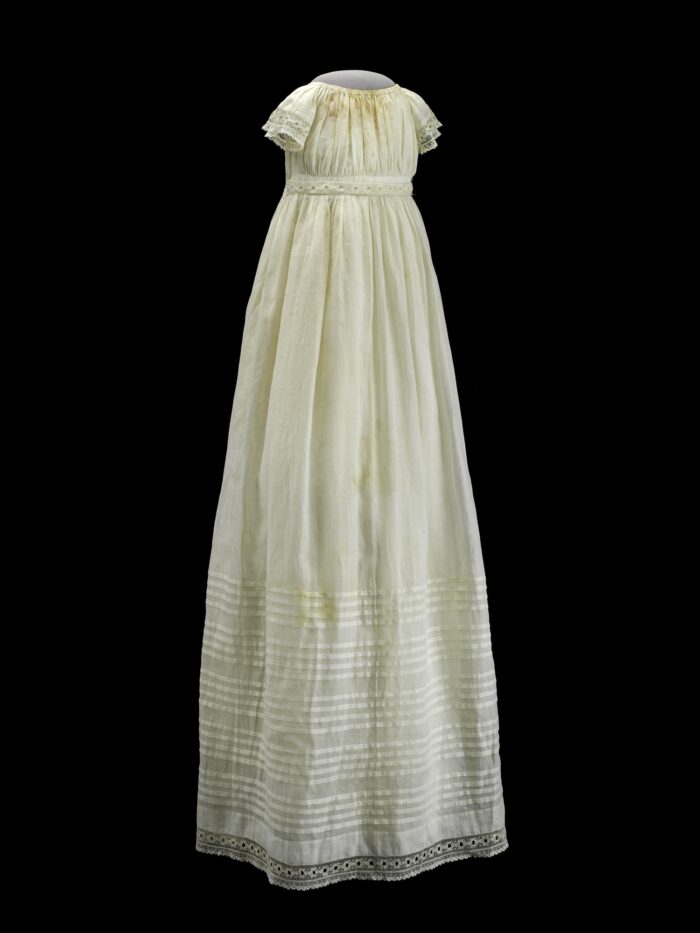
A bid for freedom
It was around this time that Mr. Keckley came into the picture. He had previously met Elizabeth in Virginia but was now in St. Louis asking for her hand in marriage. At first, she rejected his offer because she didn’t want to bring any more enslaved children into the world. However, her owner eventually agreed to let Elizabeth buy herself and her son out of slavery for $1,200. Raising this much money wasn’t going to be easy, but Elizabeth believed in herself and agreed to get married.
Years passed, and Elizabeth was still unable to purchase her freedom. It turned out that supporting the Garlands was extremely time-consuming and left little opportunity for Elizabeth to accumulate much savings herself. Luckily, Mrs. Le Bourgeois, one of Elizabeth’s patrons, offered to raise the funds for her with the help of Elizabeth’s St. Louis friends. By 1855, Elizabeth and her son were freed, and Elizabeth managed to pay back the loan shortly after.
Considering everything she had gone through, Elizabeth was shocked to find out that Mr. Keckley was not a free man after all, as he led everyone to believe. He was most likely a fugitive slave. Furthermore, Mr. Keckley was not pleasant to live with and was becoming a burden to Elizabeth. She decided it would be best to separate from him and move to Washington, D.C., in 1860.
A fresh start
Elizabeth fortunately found work in Washington early on. She was hired as Senator Jefferson Davis’ wife’s dressmaker, but was able to simultaneously work for other women. One of her first big breaks came when Elizabeth made a dress for Mrs. Lee, who needed something to wear for an upcoming dinner party that would be attended by the Prince of Wales. The look was a huge success and resulted in several follow-up orders.
Amid all the chaos, Margaret McClean, a daughter of General Sumner, requested a speedy dress order from Elizabeth. Elizabeth couldn’t imagine where she’d find the time to create another piece, but Margaret was insistent and promised to put in a good word with First Lady Mary Todd Lincoln if the dress was ready in time. With the help of some assistants, Elizabeth worked vigorously and met the deadline.
Invitation to the White House
Just like that, Elizabeth was invited to the White House to meet Mrs. Lincoln. While multiple seamstresses were being considered for hire, Elizabeth was ultimately asked to become Mrs. Lincoln’s personal modiste. Mrs. Lincoln was especially impressed with Elizabeth’s ability to fit garments with extraordinary precision. She also appreciated the numerous hours Elizabeth was willing to work in order to finish garments in a timely manner.
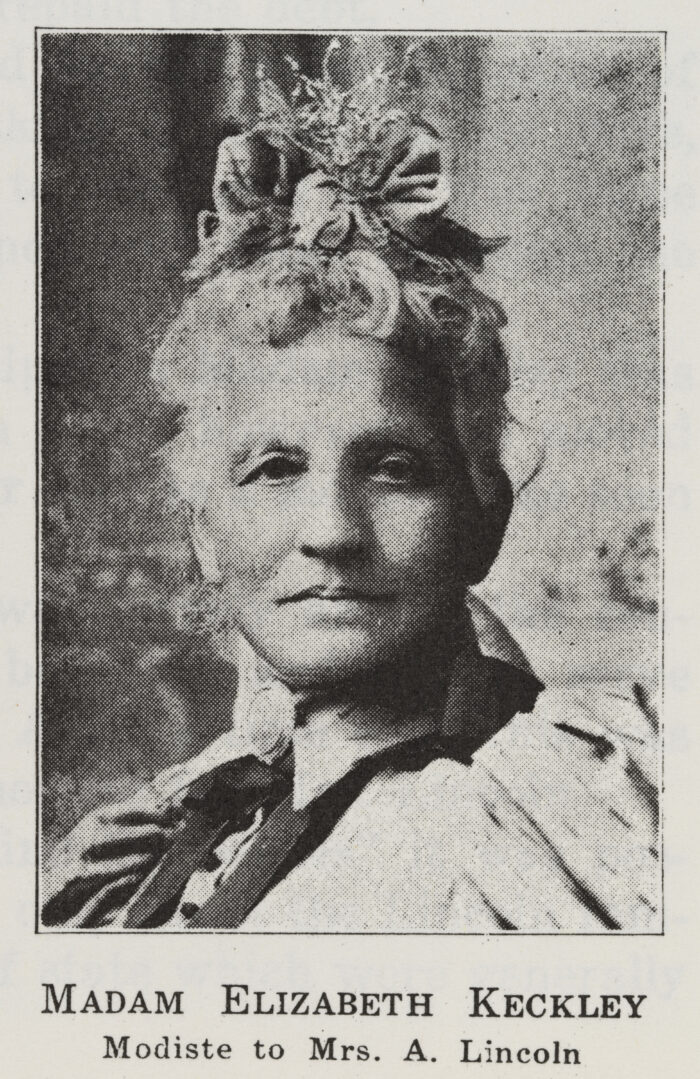
Throughout her time in the White House, Elizabeth became more than a dressmaker to Mrs. Lincoln. They were each others’ confidants and became particularly close after Mrs. Lincoln’s son Willie got sick and died. Elizabeth had gone through the same thing when she lost her son, George, only months earlier during his first battle as a Union soldier. Elizabeth later consoled Mrs. Lincoln when her husband died on April 15, 1865.
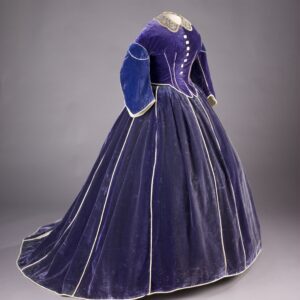
The aftermath
Shortly after President Lincoln’s death, the first lady left the White House and moved to Chicago. Elizabeth joined her at first, but eventually returned to Washington to continue running her dressmaking business.
It seems as though Elizabeth made the right decision, as orders were flying in and business was booming. Mrs. Lincoln, on the other hand, was struggling. Her funds were quickly disappearing and she was in need of a way to make money fast. She requested that Elizabeth meet her in New York to help sell some of the luxurious items she’d obtained while in the White House. Unfortunately, the women had trouble finding buyers, especially for the prices they expected, and the trip ended up being a disaster. Things got even worse for Mrs. Lincoln when the media found out about her desperate attempt to sell her possessions. Elizabeth and Mrs. Lincoln kept in touch for a while afterward. However, Elizabeth’s decision to donate some of the unsold pieces infuriated Mrs. Lincoln, who expected to have the remaining items returned to her.
Elizabeth’s memoir
In 1868, Elizabeth published a memoir titled Behind the Scenes, Or, Thirty Years a Slave, and Four Years in the White House (G. W. Carleton & Co.). One of her goals in writing the book was to clear Mrs. Lincoln’s name, but the opposite happened. The former first lady felt betrayed after Elizabeth shared so many personal details about her time in the White House with the world. In the end, the book sold few copies, and the two women never spoke again.
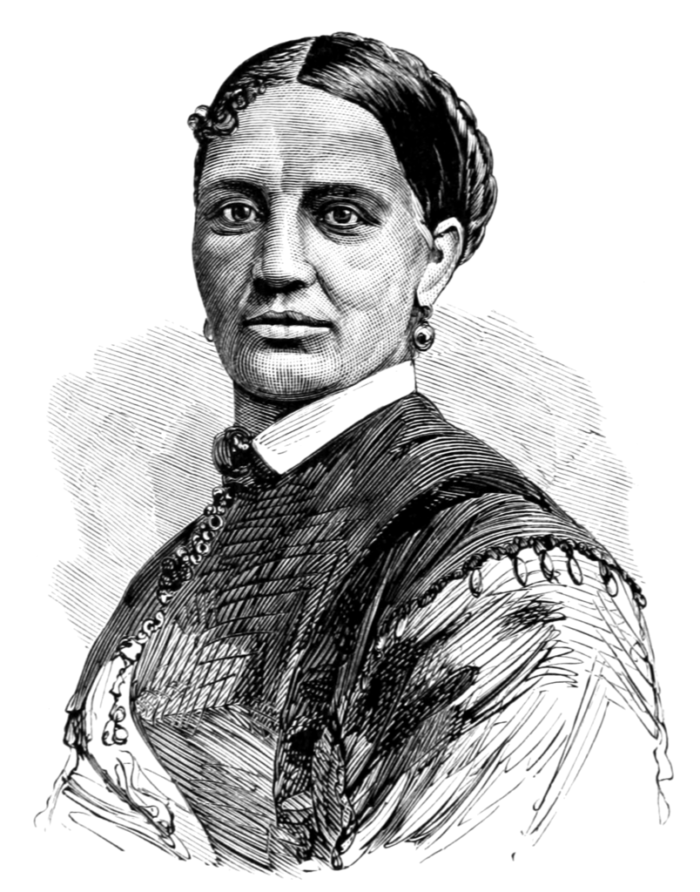
Elizabeth also lost several customers after the book came out, but she continued working as a seamstress. In 1892, Elizabeth relocated to Ohio to become the head of Wilberforce University’s Department of Sewing and Domestic Science Arts. Eventually, she returned to Washington after suffering a possible stroke and died in 1907 at age 89.
Elizabeth’s legacy
Elizabeth’s designs weren’t over-the-top or extravagant. Instead, they were often streamlined, sophisticated, and relatively minimalistic for the period. Fit was her specialty and, when this skill was combined with her top-notch business sense, she was unstoppable. The fact that she was able to get elite white women to respect her and her work—and to raise enough money to buy her freedom—shows how influential Elizabeth must have been. Unfortunately, few pieces can be attributed to Elizabeth today. This is partially because clothing wasn’t marked with labels back then and garments were often reused to make new pieces.
In addition to being a successful businesswoman, Elizabeth found the time to help others. Since she knew firsthand how hard it was to start over in life as a freed slave, she took it upon herself to create a relief society that aided contraband camps. These camps housed enslaved refugees who often came to Washington looking for freedom and prosperity. Elizabeth’s organization was called the Contraband Relief Association, and she became its first president in 1862.
We can all learn from Elizabeth’s drive and determination. No matter how hard life got, she kept reaching for the stars. She was a strong, independent woman who remains a true inspiration to many people today.
Which part of Elizabeth’s story do you find most impressive? Had you heard of Elizabeth Keckley previously? Please share your thoughts in the comments below.
See the entire Profiles in Sewing History series here.
Sources
Keckley, Elizabeth. “Behind the Scenes, or, Thirty Years a Slave and Four Years in the White House”, UNC Chapel Hill, 1868, docsouth.unc.edu/neh/keckley/keckley.html.
Mann, Lina. “From Slavery to the White House: The Extraordinary Life of Elizabeth Keckly.” WHHA, Sept. 14, 2020, www.whitehousehistory.org/from-slavery-to-the-white-house-the-extraordinary-life-of-elizabeth-keckly.
Spivack, Emily. “The Story of Elizabeth Keckley, Former-Slave-Turned-Mrs. Lincoln’s Dressmaker.” Smithsonian.com, April 24, 2013, www.smithsonianmag.com/arts-culture/the-story-of-elizabeth-keckley-former-slave-turned-mrs-lincolns-dressmaker-41112782/.
Main illustration: Steven Fleck, based on the portrait of Elizabeth Keckley, from the University of North Carolina at Chapel Hill.






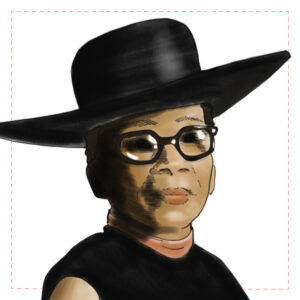


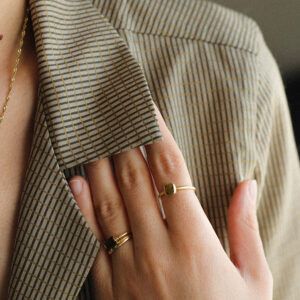
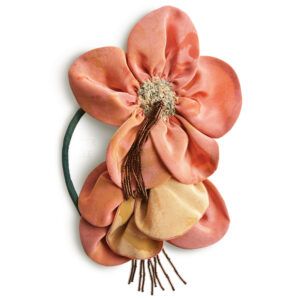
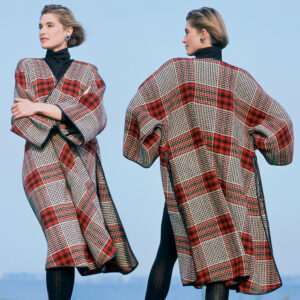
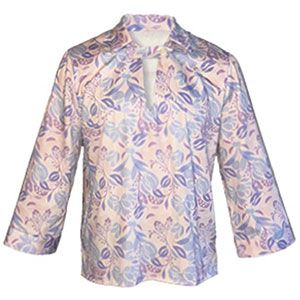
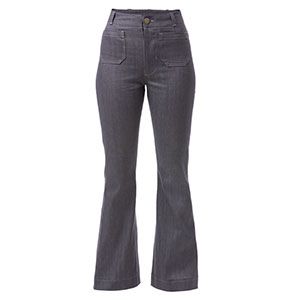
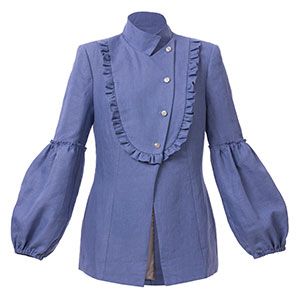
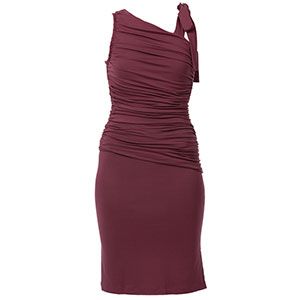
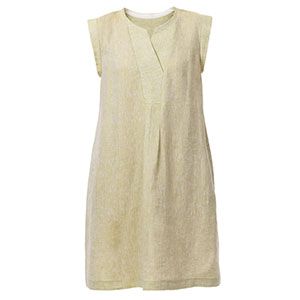
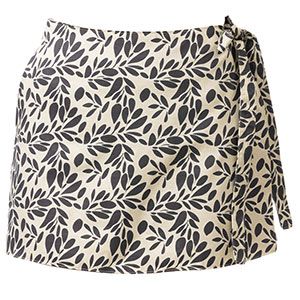
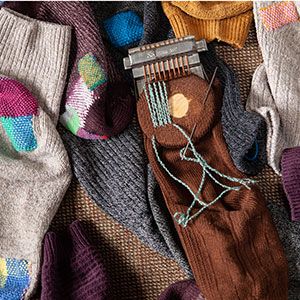
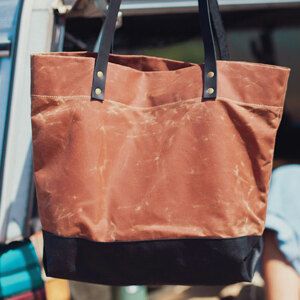
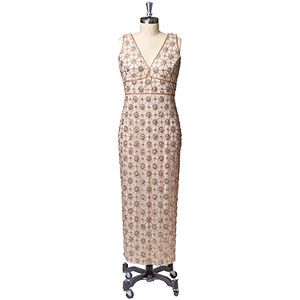
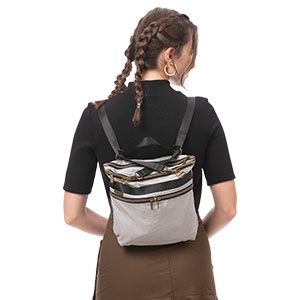
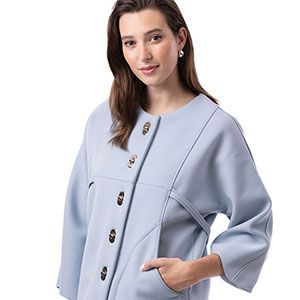
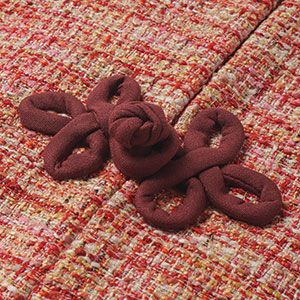
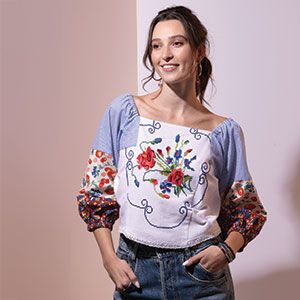







I read Jennifer Chiaverini's book "Mrs. Lincoln's Dressmaker". It sounds as if it was written to outline the facts included here. Great read if you are looking for a good book.